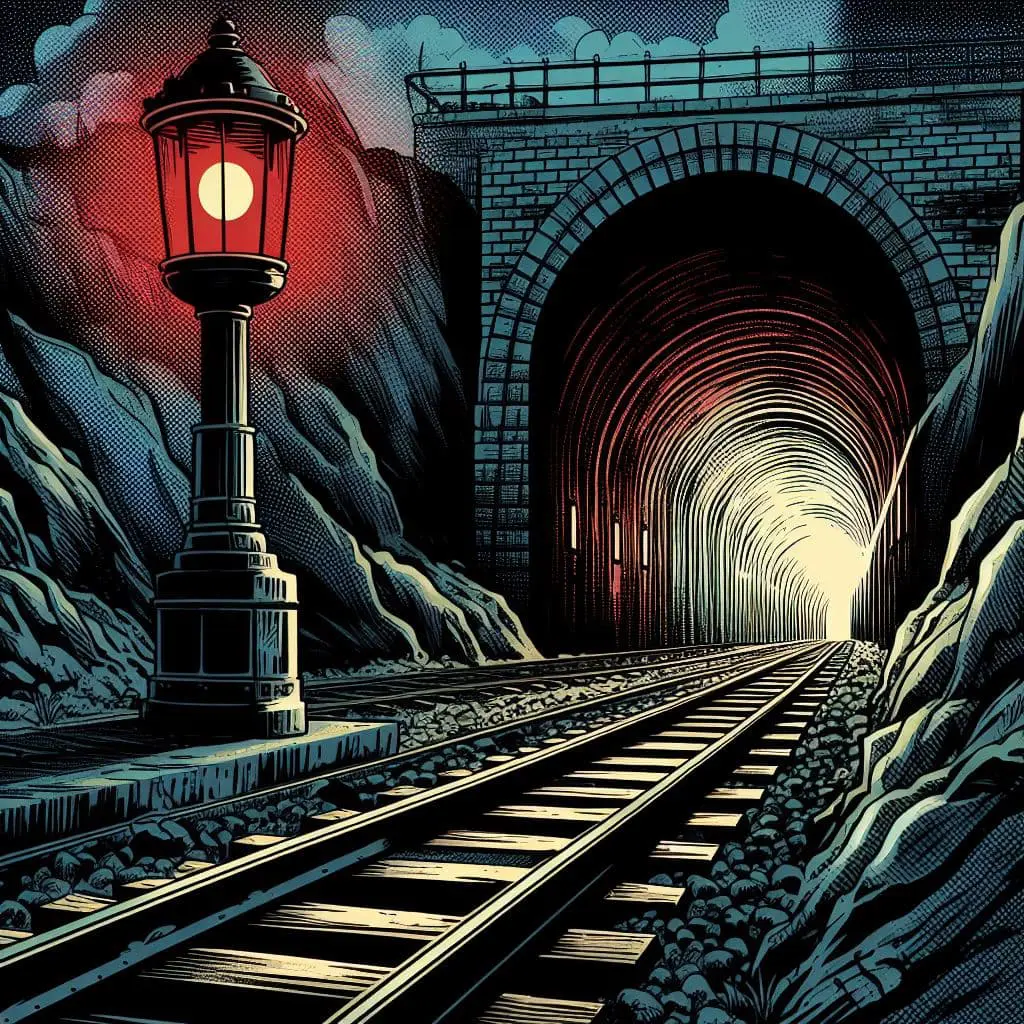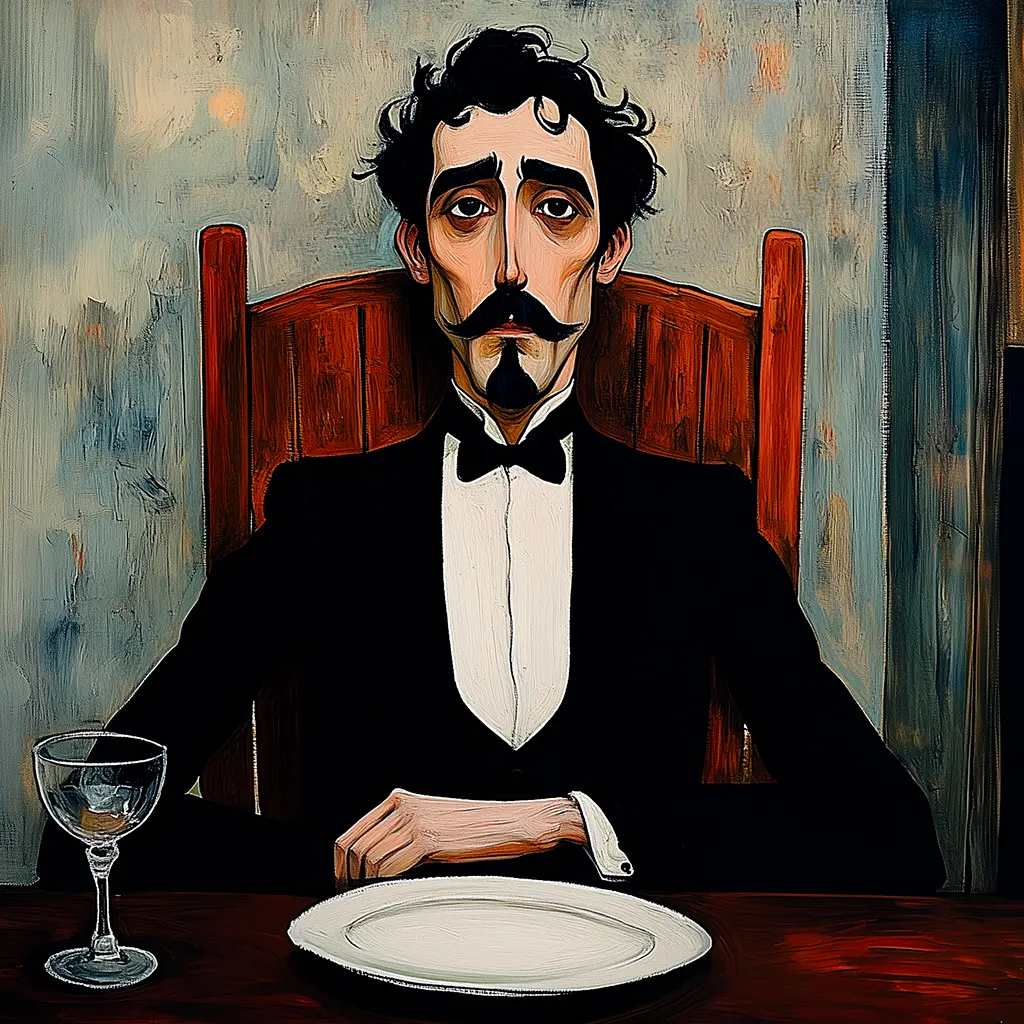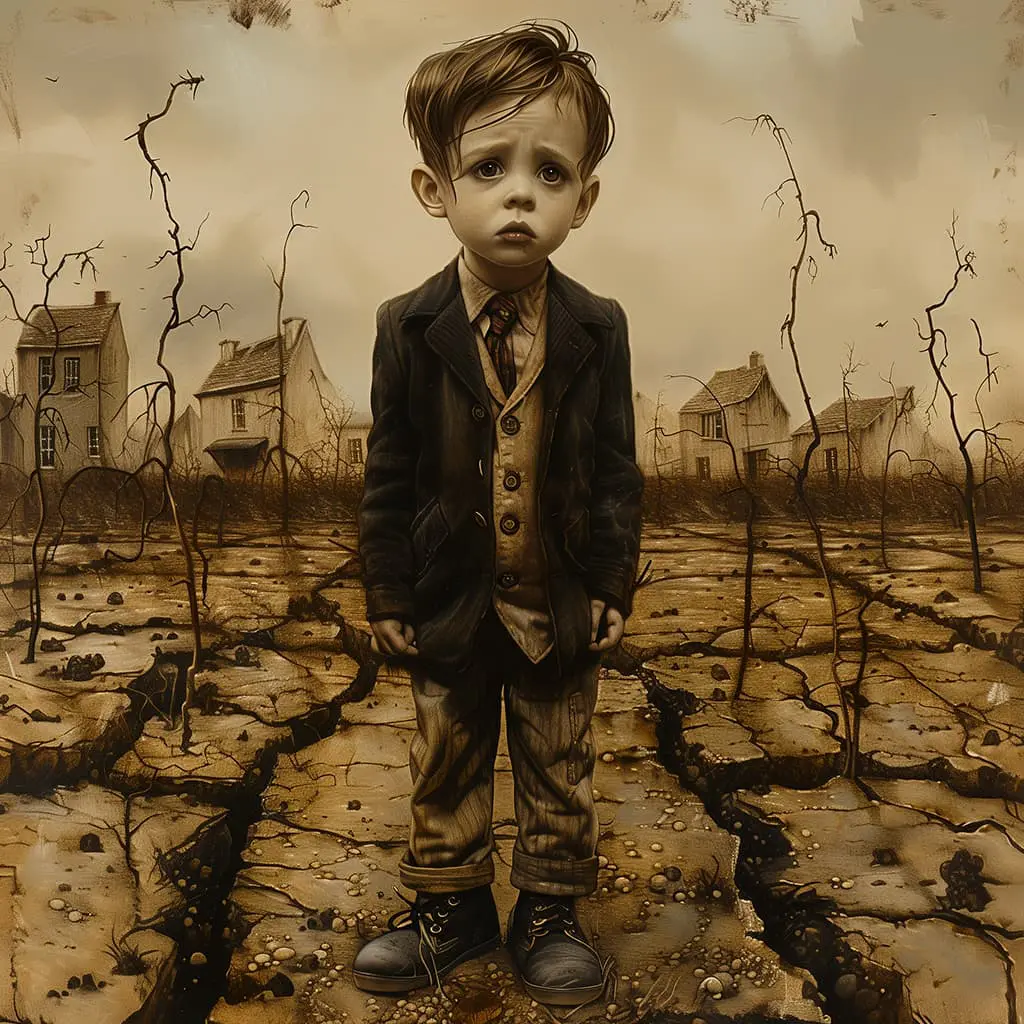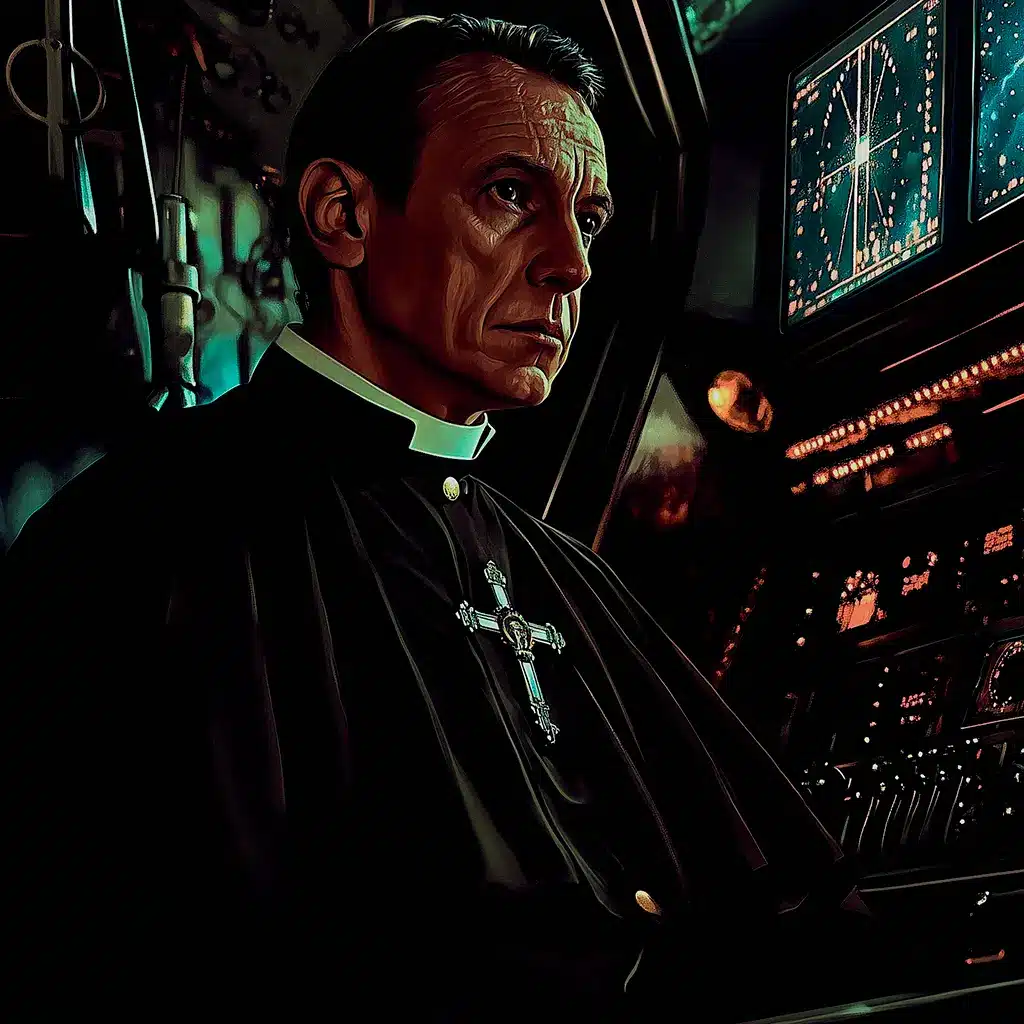Angela Carter: The Kiss
The Kiss is a story by Angela Carter, published in 1985 in the collection Black Venus. Set in the magical city of Samarkand, the story intertwines myth and history to narrate an episode in the life of Tamerlane’s wife. Against a backdrop of vivid colors and exotic landscapes, the wife tries to surprise the famous warrior, returning from his conquests, by erecting a mosque in his honor. However, the cunning architect sets an unexpected condition for finishing the job on time.





